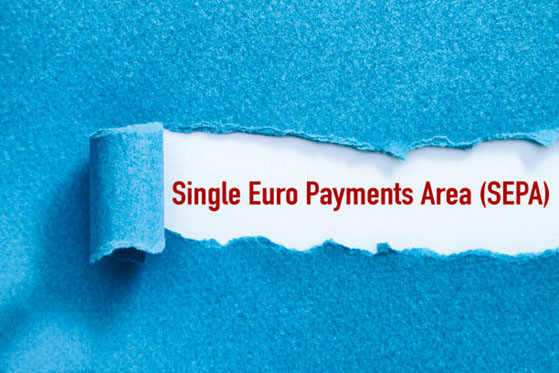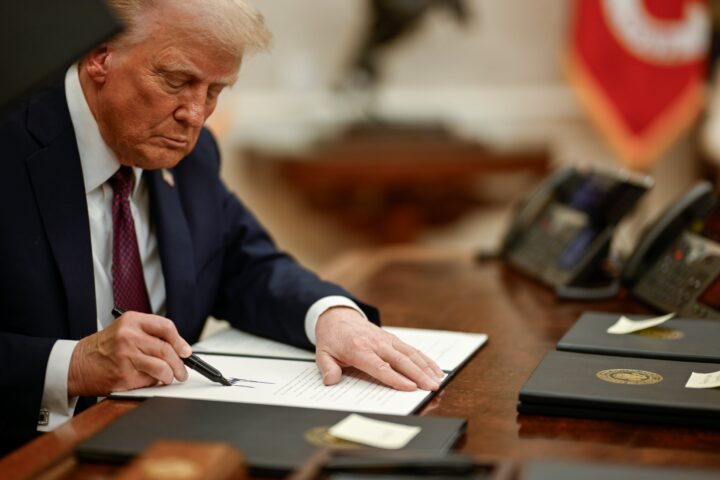New FinTech players are entering the market, presenting end-users with compelling solutions.
Innovation appears to be coming from outside the traditional banking sector, especially for mobile and internet payments.
FinTech companies offer cost-efficient, safe, and reliable payment systems and services.
Electronic money institutions (EMIs) encourage new payment methods and services as long as they are efficient, secure, and dependable.
The burden in terms of profitability is on the side of the branch network, but over time, e-banking as an alternative sales and customer service network begins to gain special weight and critical mass.
Of course, the current banking system is quite different from previous decades.
It is certainly not uninvolved in the development of electronic banking, as it hosts more electronic networks such as web banking and mobile applications.
With the emergence of FinTech and the abolition of traditional financial intermediaries, more people are becoming familiar with banking concepts and technologically advanced applications.
Many banking services can now be performed independently by individuals and businesses using any electronic device.
What is SEPA?
SEPA transfers represent making euro payments to bank accounts in the Single Euro Payments Area (SEPA).
Citizens, companies and other economic operators can send and receive money or payments in euros, within Europe, either within their national borders or across borders, with the same basic terms, rights, and obligations.
As of 2020, the geographical scope of SEPA covers the 27 EU member states.
Iceland, Liechtenstein, Norway, Switzerland and the U.K. Andorra, Monaco, San Marino, and Vatican City participate in the technical schemes of SEPA, which allows them to send and receive euros across Europe.
SEPA payments are always payments made in euros.
The payer (consumer), making a SEPA payment, and the payee (business, public body, consumer), receiving the payment, must hold a euro bank account in one of the 32 countries mentioned.
SEPA was the next logical progression after the introduction of euro banknotes and coins in 2002.
It uses payment tools such as credit transfers/remittances, direct debits/standing orders, debit and credit cards.
Under SEPA, consumers can rely on a bank account to make euro payments between 32 countries while benefiting from financial institutions’ highly competitive value-added services.
In addition, SEPA promotes technological innovations in payments, allowing consumers to take advantage of many new features.
It is a safe and inexpensive way to make payments.
It uses the IBAN (International Bank Account Number) is a standard way to represent a bank account number.
This makes the bill payment process even simpler and more standard.
SEPA is not trying to “reinvent the wheel”.
When, for example, consumers pay through the SEPA Credit Transfer System, they generally follow the same steps as when making a corresponding payment through their national credit transfer system (Swedish krona, GBP, Polish zloty).
The only difference between a standard credit transfer and a SEPA credit transfer is the IBAN and BIC (Bank Identifier Code) of the party receiving the payment (i.e., the beneficiary and the beneficiary’s bank).
Over time, the beneficiaries you deal with will list their IBAN and BIC in prominent places on their websites, letterheads, and invoices.
At the same time, your bank will ensure that you can easily find the IBAN and BIC of your account.
You need to provide this information when authorising a business or government agency (tax office, insurance fund) to withdraw money from your account through the SEPA Direct Debit system.
IBAN and BIC were developed by ISO, the International Organisation for Standardisation.
ISO is the global standard-setting body that enables service providers (financial institutions) to offer internationally compatible solutions.
The implementation of SEPA greatly facilitates the payment of bills for European citizens who frequently move, such as employees, students, holiday homeowners, tourists or retirees living abroad.
SEPA benefits consumers in one country who wish to purchase goods or services from businesses located in other SEPA countries.
Consumers can rely on an account and a payment card available in their country for – domestic and cross-border – payments within SEPA.
How long does a SEPA transfer take, and what are the charges?
In November 2017, the Instant SEPA payments scheme, also known as SEPA Credit Transfers (SCT), was launched, allowing pan-European credit transfers of up to €100,000 to clear on the account in 15 seconds from any electronic device, at any time.
The number of EU countries participating in the instant SEPA scheme is growing, but not all EU countries have joined due to procedural hurdles.
The clearing time for the standardised SEPA is from 4 to 12 hours, depending on the sending time.
The payer and the beneficiary are charged exclusively according to the financial institutions with which they cooperate.
A SEPA credit transfer charge is determined solely by the financial institution, under their general pricing policy or a specific pricing agreement with their customer.
Banks offer the possibility of making SEPA transfer payments mainly through online service channels such as internet banking webpages and mobile applications.
Consumers can use their payment card (debit or credit) in any SEPA country in the same way they use it in their own country.
As an example, online financial service providers such as eCREDO, a Limassol based FinTech company, offers the possibility of outward payments or transfers in euros from your eCREDO account (IBAN) to any other EU account using SEPA transfers.
eCREDO also ensures no transfer fees for certain amounts through the different plans it offers.
Responding to the rapidly growing volume of e-commerce and promoting payment innovation, financial institutions are now creating solutions that allow consumers to send and receive SEPA payments through their smartphones.
In the old days, if you wanted to transfer money from one person to another, you used Western Union’s telegraph (the original text messaging service).
Today, you touch your mobile phone.
The automation of payment and money transfer processes, the ever-expanding use of the internet, and banking through smartphones or other smart devices, combined with the continuous need for security, have pushed financial institutions into alternative transaction channels.
Katerina Michael is Head of Content at www.ecredo.com










